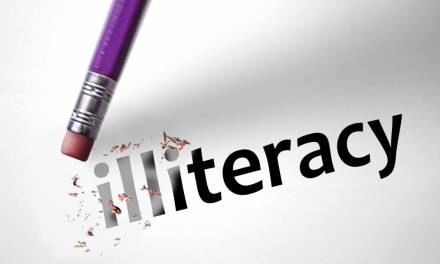Improving attainment for C/D border students can mean a huge difference to their lives. It can be the difference between being offered a place at their FE college – or not, or it can mean starting an Apprenticeship – or not.
The reasons pupils fall into the C/D sector of a year are varied, but the solution is intervention to look to resolve the issues in the run up to exams as much as possible.
Reasons why a pupil can be a borderline C/D candidate
Often, the issue is linked with losing marks in an exam. This is the first place to start and to find out if this is the centre of the problem. Common reasons marks are lost are:
- Misreading the question; their answer misses the point
- Not tailoring the answer to gain the maximum number of marks available
- Extracting data incorrectly on graphs, drawings or photographs
- Using learned technical terms incorrectly
- Poor spelling
- Not using the time available in the exam correctly
- Poor revision programme
- Lack of revision skills
- Not knowing how to approach the exam itself
The solution to losing marks in an exam is a series of intervention strategies which should be as personalised as possible to the individual needs rather than blanket classroom activities.
When should intervention take place?
Intervention is not a strategy to hurriedly put into place when mock papers show problems. Intervention should start from the first lesson of the term classes start their GCSE work.
Intervention strategies are varied but can include the following:
- High quality feedback
- Learning mentors and 1:1 work
- Working with parents
- Exam techniques
- Revision classes
- Summer school
- Targeted homework and general target setting
The most important intervention strategies are oral and written feedback along with target setting.
Feedback
Oral feedback has a number of advantages such as it being stimulating, ongoing, motivating and most of all personalised. It must always be considered rather than instant as the teacher must feel they are giving structured comments which are understood by the pupils. Whilst classroom time is limited to be able to give every pupil oral feedback in every lesson, planned responses can be used so the feedback is instantly taken on board and the pupil can move forward.
As intervention, the strategy gives an instant reply to an issue, is a way to build on learning at the end of a class and can be built in to planned review sessions for small groups of pupils to concentrate on specific targets.
The role of written feedback must be explained to the class to show how it is to be used to increase attainment and the role of the pupil in return. Written feedback should be interactive; not just words on paper but should expect an action or interactive response from the pupil. It should also be emphasised that feedback of this kind will always focus on key priorities and will identify the areas of improvement. It must always be positive and constructive and best practice will see it being linked to curriculum targets.
Target setting
Targets for C/D pupils falls into short, medium and long term work; targets generated from homework in the short term, end of module targets in the medium term and GCSE predicted grades for the long term.
Pupils must receive regular updates on where they are on their journey to target success and know how they can improve i.e. with the use of grade ladders.
Take advantage of pre-prepared subject specific target setting and achievement documentation – it exists for just about every subject at GCSE level. Encourage the class to set their own targets; it helps give ownership of their own success. Include self-assessment of work so pupils know where they are making progress and where they need to learn more to improve. An overall checklist is a good overarching and quick to view tool for each member of the class and this can help with pointing out grade differences.
Setting strategies for C/D borderline pupils is crucial and it’s about identifying areas of work as early as possible. Work from day one of their learning on the subject and the opportunity for C/D border pupils will decrease and will mean that it will be possible to hone in then on very specific areas which could make the difference in exam results.









